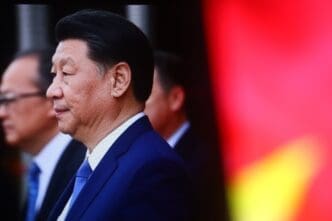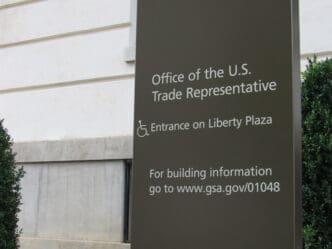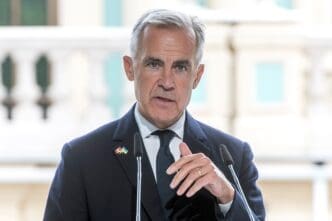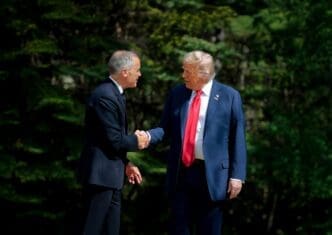Executive Summary
The Story So Far
Why This Matters
Who Thinks What?
India and the United States are reportedly nearing a trade agreement that could see Washington significantly reduce tariffs on Indian exports in exchange for New Delhi scaling back its purchases of Russian oil. According to Indian media outlet Mint, the U.S. is considering slashing tariffs on Indian goods from 50% to between 15% and 16% as part of the emerging deal.
Trade Deal Contours
The potential agreement, as reported by Mint, suggests that India may also agree to gradually decrease its imports of Russian oil. Additionally, India is reportedly considering an increase in its import quota for non-genetically modified corn from the U.S., currently set at 0.5 million tonnes annually, even with a 15% import duty. The report also indicated a push for a mechanism allowing both nations to periodically review tariffs and market access.
Trump’s Statements and Indian Response
President Donald Trump stated on Tuesday that he had received assurances from Indian Prime Minister Narendra Modi in a phone call that India would reduce its Russian oil purchases. Speaking to reporters aboard Air Force One, Trump reportedly threatened that New Delhi would continue paying “massive” tariffs if it did not comply. Trump had previously made similar claims about Modi agreeing to cut Russian oil imports last week.
Prime Minister Modi confirmed a phone call with Trump on Wednesday via a post on X, expressing hope that the two countries would “stand united against terrorism in all its forms.” However, Modi’s post did not mention India’s stance on Russian oil. India’s foreign ministry spokesperson had previously stated they were not aware of any call between Trump and Modi, emphasizing that India’s import policies are guided by safeguarding consumer interests in a volatile energy market.
Strategic Flashpoint: Russian Oil
Russian oil imports have been a contentious issue in the bilateral trade discussions. In August, President Trump imposed an additional 25% tariff on Indian exports, bringing total duties to 50%, citing India’s Russian oil purchases as a “penalty.” Indian officials have argued that any cessation of Russian oil imports would necessitate a plan to stabilize energy markets and address potential supply shortfalls.
Since the beginning of the war in Ukraine in 2022, India has become the world’s second-largest buyer of Russian crude, importing 1.6 million barrels per day in the first half of this year, a significant increase from 50,000 bpd in 2020. This surge in imports has heightened tensions with the U.S.
Bilateral Trade and Future Prospects
Despite previous setbacks, including a collapse in talks over India’s reluctance to widen access to its agricultural and dairy sectors, both sides had agreed to boost bilateral trade to $500 billion by 2030. Bilateral trade between New Delhi and Washington reached a record $132.2 billion in the fiscal year ending March 2025, with India’s exports to the U.S. growing by 11.6% to $86.51 billion and imports from the U.S. rising 8% to $45.69 billion.
President Trump has recently softened his rhetoric, expressing optimism about the ongoing negotiations and referring to Modi as a “great friend.” The finalization of the trade agreement is reportedly expected to be communicated to Trump and Modi at the ASEAN summit later this month, though their attendance has not been officially confirmed. Sensitive areas such as agriculture and energy still require political clearance before an announcement can be made.








